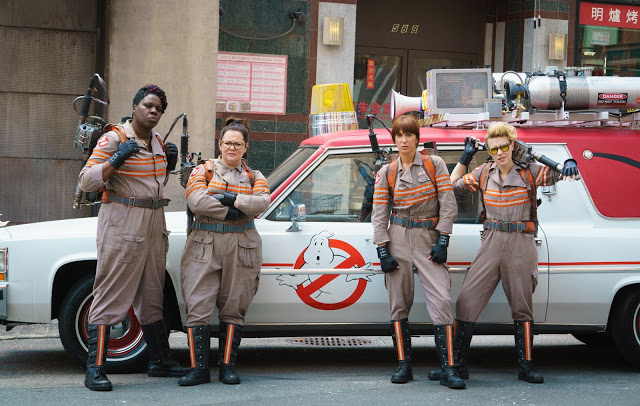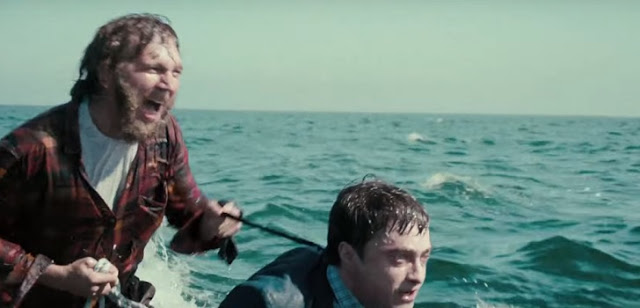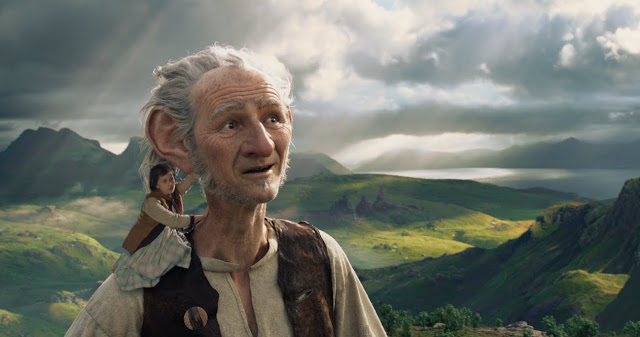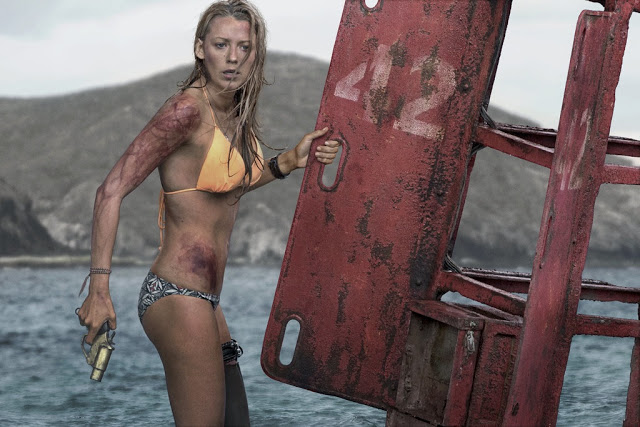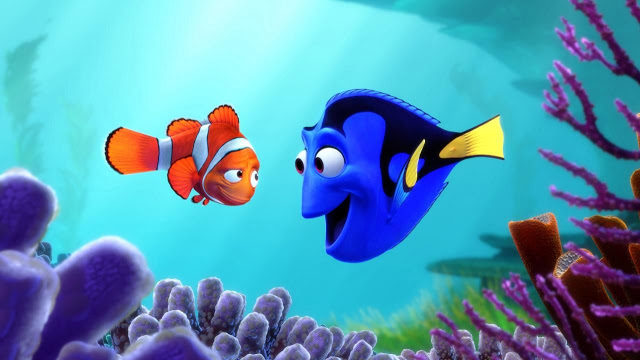Ghostbusters: Slime, Ghouls, Women, and Other Scary Stuff
Can women be funny? Is Chris Hemsworth just a pretty face with an accent? Should fans of a beloved classic feel rightfully outraged when it’s remade featuring members of a different sex? The answers to these questions are so obvious—for the record, they are “yes,” “no,” and “are-you-serious-just-shut-the-fuck-up”—that we hardly needed a reboot of Ghostbusters to answer them. But perhaps this loose, breezy new film, which arrives in the polarized age of the hot take and the down-vote, can still teach us something, something beyond the seemingly hard-to-grasp axiom of “don’t judge a movie before you actually watch it”. If there’s a lesson to be learned here, it’s that action-comedies are advised to focus on the comedy rather than the action. When the heroes of this revamped Ghostbusters (directed by Paul Feig from a script he co-wrote with Katie Dippold) are stuck in the lab, trapped in the subway, or confined in any other location where they can joke, whine, titter, and bicker, this movie is a blast. When they’re actually busting ghosts, it’s a snooze.
Thankfully, the proton guns and laser rays stay hidden for most of the film’s first half, allowing Feig to unhurriedly assemble his team of all-star comediennes. Naturally, this begins with Melissa McCarthy, Feig’s regular lead who shot to fame (and an Oscar nomination) five years ago in Bridesmaids and last year delivered a career-best performance in the underrated Spy. (When the Golden Globes honor McCarthy 30 years from now, her clip reel had better feature this.) McCarthy plays Abby, an eccentric scientist who has devoted her life to researching the paranormal. She even long ago wrote a book on the topic, the recent publication of which consternates Erin (Kristen Wiig, in her comfort zone), the manuscript’s co-author who is currently up for tenure at an exalted university. (How exalted? When Erin tenders a recommendation letter from a Princeton professor to her dean, he advises her that she obtain a reference from a school that’s a bit more prestigious.) Once a true believer, Erin has spent years trying to distance herself from her collaborations with Abby, so she’s none too pleased that they’ve resurfaced. Read More

